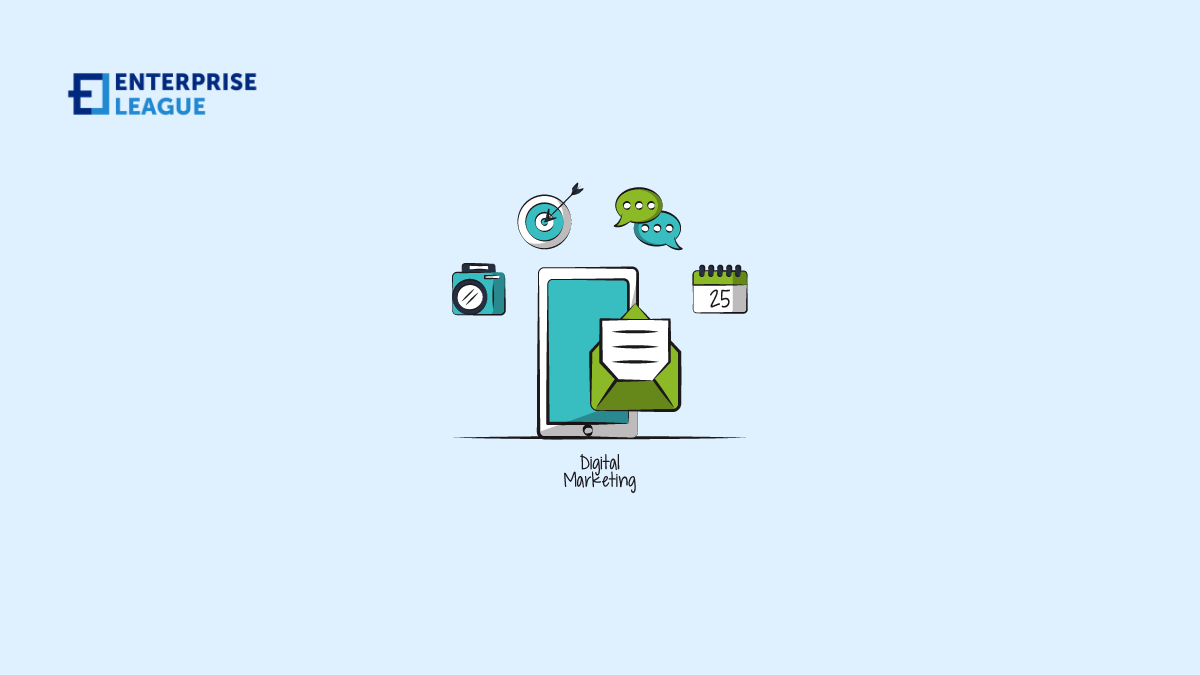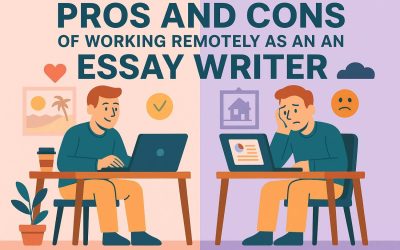Discover how to increase your visibility, credibility, and business reputation online. Learn which digital marketing tips to use in order to grow your business.

6 digital marketing tips for business success
In the digital world of today, you’ll be hard-pressed to find a business that doesn’t have an internet presence. After all, it’s the most efficient and effective way to reach prospective customers. However, it also means that there’s a lot of competition for consumers’ attention, meaning that it’s easy to get overshadowed by other brands and companies. This is where digital marketing comes into play.
The vibrant business scene in Fort Lauderdale demands a tailored approach to digital marketing. By incorporating specialized strategies that resonate with the local audience, businesses can carve a distinctive niche in this competitive market. Digital marketing in Fort Lauderdale goes beyond traditional methods, encompassing geographically targeted campaigns, community engagement, and fostering a genuine connection with the local clientele.
6 essential tips for digital marketing
Optimize your site regularly for SEO
Create engaging content
The creation of relevant and compelling content is one of the best ways to draw in users and encourage sales. The reason is that it builds credibility for a brand in a specific niche, leading to greater domain authority and a higher position on the search engine results pages. As any seasoned entrepreneur knows, the more trusted a company is, the greater the chances people will pay for its products and services. Valuable material can come in many forms—from articles and blog posts to infographics and videos. Regardless of format, the key to success is ensuring they’re as entertaining as they’re informative and relevant.
It’s also a good idea to diversify your content, as it will enable you to attract more people. For example, some may prefer reading through a written piece, while others might rather watch a video. Also, avoid focusing too much on product or service promotion. Instead, prioritize delivering value by speaking to the desires and needs of the users. You’ll be surprised at how much of a difference it can make.
Don’t forget about mobile users
These days, most consumers use their mobile devices to browse online. If your online properties aren’t optimized for smartphones and tablets, there’s a good chance that you’ll lose opportunities to draw in new customers. Furthermore, it might even cost you existing ones as well as many people would just search “Digital marketing agency in Maine‘ on the go and you might miss out on those potential customers.
Thus, you mustn’t forget about your mobile users while you’re optimizing your internet presence and ensure that your site is as responsible, visually appealing, and easy to browse on mobile devices as it is on desktop and laptop computers.
Leverage social media
One of the key components of marketing is incorporating campaigns, branding, and messaging across various platforms simultaneously. And one essential platform that no business can afford to ignore is social media. When you get down to it, most internet users today have at least one account in one of the popular social media channels. By remaining active on social media, you’ll be able to connect with consumers that you may have otherwise missed out on. It’s also an excellent way to create visibility on products or services.
However, to incorporate social media into your direct mail marketing strategy, you must identify the communities and channels where most of your ideal audience spends time. Also, you must monitor their activities and expectations, as they will allow you to publish more engaging material for them. In addition, they’ll be more inclined to interact with your social media posts and create exposure for them.
Analytics and reporting
The primary advantage of digital marketing over traditional advertising is that their performance is more easily measurable. As such, it makes sense to take advantage of analytics and reporting. Doing so will allow you to make adjustments and changes to make your strategies as optimal as possible.
PPC Search Ads
Pay-per-click (PPC) advertising on Search engines provides immediate, relevant traffic to businesses. Successful PPC campaigns start with using PPC analysis tools to conduct keyword research that aligns with target audience queries on Google or Bing. Since you can select what keywords to target, traffic from search can attract qualified leads and customers. Since payment is only required for clicks, PPC offers an efficient way to manage any advertising budgets.
Once selecting the right keywords, the ad copy for Search Ads must still be engaging and compelling. This ensures all search ad campaigns drive higher click-through rates and conversions. PPC advertising demands ongoing analysis and refinement. Regular performance reviews allows for iterative improvements. Regularly reviewing and adjusting your strategies with analytic tools is essential for effective PPC campaigns. Conduct thorough PPC Analysis to understand your competitors’ tactics, identify valuable keywords, and avoid pitfalls. This can maximize your advertising budget’s efficiency and drive better performance indicators. This constant optimization enhances campaign performance over time, making PPC a vital tool for businesses seeking to boost their online presence and drive targeted traffic efficiently.
Conclusion
More must-read stories from Enterprise League:
- Creative and profitable outdoor business ideas you should be aware of.
- Tactics for using TikTok marketing for your small business successfully.
- Have a look at the best countries to start a business as a foreigner.
- All the reasons why we should support local businesses and shop local.
- Smart ways to enhance the efficiency of your business.
Related Articles
6 digital marketing tips for business success
5 ways to announce a new business location on a tight budget
Announcing a new business without breaking the bank just takes a bit of creative thinking and some good old fashioned hard work. Use some or all of these tips to your advantage, and you will be successful.
Reducing business security risks: 6 Proven strategies to protect your business
Reduce your business security risks with these six proven strategies to protect your business from cyber threats, cybercriminals, and other security risks.
TikTok marketing for small businesses: Best use case (2025)
Using TikTok marketing for small business has become a trend for a reason, but without these tips, it can be just a waste of time. Read these tips and level up your game today.
How to be a good boss: 12 tips from experts (2025)
Learn how to be a good boss according to experts. Greatly improve your leadership skills by knowing everything there is to know about what it takes to be a good boss.



















